Beyerdynamic has released the Mark II versions of its DT 1990 Pro and DT 1770 headphones, aimed at professionals with a mid-range budget. Priced at $599, the DT 1990 Pro MKII is an open-back model ideal for mixing, while the DT 1770 Pro MKII is a closed-back design suited for recording. Studios often use multiple pairs during the recording and mixing of recordings. While both share a similar build, their sound signatures differ, warranting separate reviews. This review focuses on the DT 1770 MKII and you can read our review of the DT 1990 Pro MKII here.
The kit remains largely unchanged, including the headphones, two sets of pads (velour and vegan leather), two XLR to 3.5mm cables (straight and coiled), and a 3.5 to 6.35mm adapter, all in a hard shell case. Externally, the cup size, shape, gimbals, and headband are the same, with minor differences: the newer model has a glossier, less textured finish and lacks the “Made in Germany” marking over the 250Ω label.
The MKII has “Made in Germany” inside the left headband connector but no impedance rating. The DT 1770 follows the 50-year legacy of the DT 770, known for its durability and replaceable parts, with many studios still using models from the 1980s and 1990s.
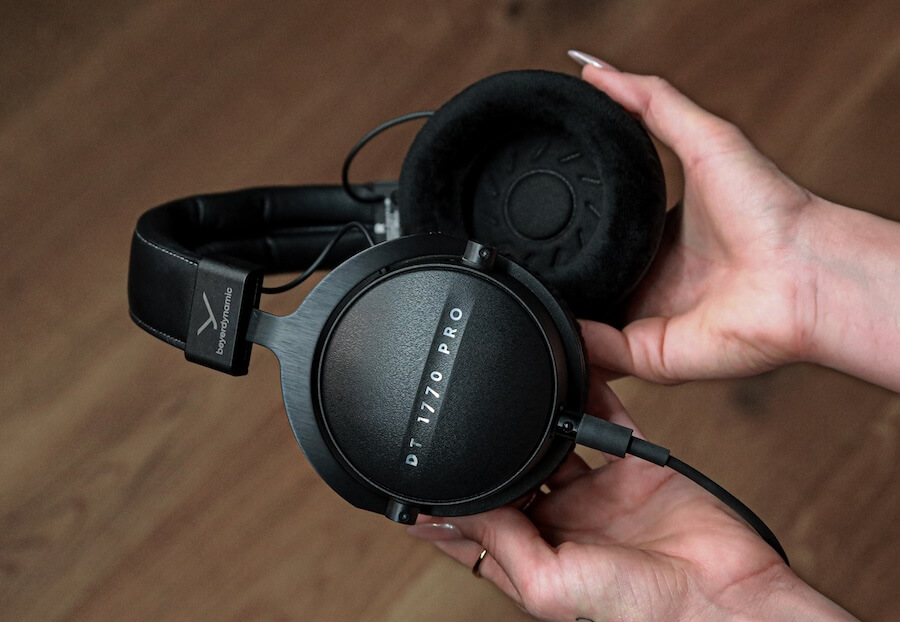
Fit & Comfort
Comfort wise, little has changed as well with the velour pads and moderate clamping force providing enough grip to keep the Beyerdynamic DT 1770 Pro MKII firmly in place while remaining comfortable for long listening sessions and the leatherette pads offering a bit more isolation at the expense of a bit more heat generated.
The MKII weighs 377 grams, making it 11 grams lighter than the original, though the difference is barely noticeable when worn. The two cable options provide flexibility, preventing issues with cables being too long or too short.
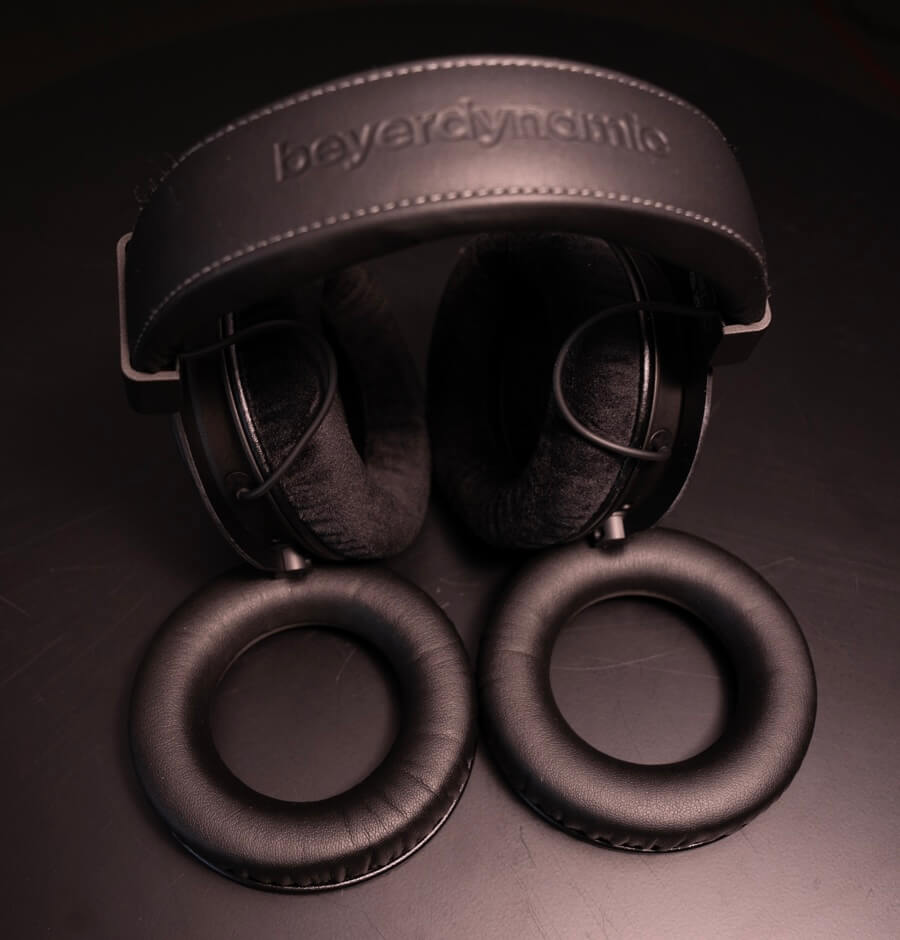
Internal Technology
Beyerdynamic has upgraded its TESLA series drivers, equipping the 1770 MKII with the new TESLA.45 driver. While it remains a 45mm dynamic driver with high-flux magnets, most other aspects have changed. The original DT 1770 Pro had 250Ω drivers with 102 dB sensitivity at 1mW (500Hz), whereas the MKII features 30Ω drivers with 95 dB sensitivity at 500Hz.
Beyerdynamic lowered the impedance to 30Ω to ensure compatibility with a wider range of source devices, as many can’t properly drive 250Ω headphones. This change aims to make the MKII more versatile across different setups.
The new MKII is indeed equally at home connected to an audio interface as it is connected to a DAP or home stereo receiver.In addition to lowering the impedance, the new driver is faster with lower distortion, better control, and improved dynamics and detail. It is worth noting that if moving from the older DT 1770 to the new MKII, the listener will need to recalibrate their source levels as the MKII takes slightly less power when volume matching the original.

Listening
I tested the DT 1770 Pro MKII with various gear, including the Astell&Kern SP2000T, Burson Conductor GT4, and my reference RME ADI-2 Pro FS R Black. Since the RME closely matches the MKII’s intended studio use, I did most of my listening with it. Similarly, as the DT 1770 series ships with velour pads installed, I primarily used those for my sessions.
The DT 1770 MKII offers some sub-bass rumble, but its impact is more restrained compared to bass-heavy headphones. It maintains a near-neutral signature with improved dynamic range and timbre over the original. The mid-bass is well-defined and textured, though not elevated.
A great example of the DT 1770 MKII’s texture can be heard in Michael Jackson’s “Beat It” from Thriller (1984) at 2:46. Steve Lukather, who played both guitar and bass, showcases his aggressive guitar style, particularly noticeable in the bass track at this moment.
Listening closely, you can hear that Steve Lukather never plays the riff the same way twice leading up to the guitar solo at 3:11. This subtle detail is easy to miss on lesser headphones that lack the bass texture and clarity of the DT 1770 MKII.
Beyerdynamic’s treble has been a divisive feature—some find it too sharp, while others, like myself, enjoy it. I understand the criticism, though, as some older Beyerdynamic models could get harsh at times.
The DT 1770 MKII has toned down the treble slightly. While still a bit forward of neutral, it no longer has the prominent 8-9kHz spike that has been criticized in past models.

The treble on the DT 1770 MKII has some slight grain and unevenness, but no major peaks to be concerned about, making them overall comfortable to listen to. While still a bit brighter compared to the Sennheiser house sound, the slight treble lift can be beneficial for mastering, preventing sibilance and encouraging a more balanced sound. The top end retains some sparkle and shimmer, ensuring the MKII doesn’t sound too closed in.
Imaging on the DT 1770 MKII is excellent, with instruments well-separated and a realistic stage size that avoids gaps or overlaps. Movements around the space are easily pinpointed and flow smoothly. A great example is the keyboard intro in “Baba O’ Riley” by The Who from Who’s Next (1971), where it skitters fluidly back and forth between the ears.
No matter what I played through the DT 1770 MKII, I couldn’t get it to distort or compress, even at high volumes. You’d risk serious hearing damage before encountering any distortion issues.
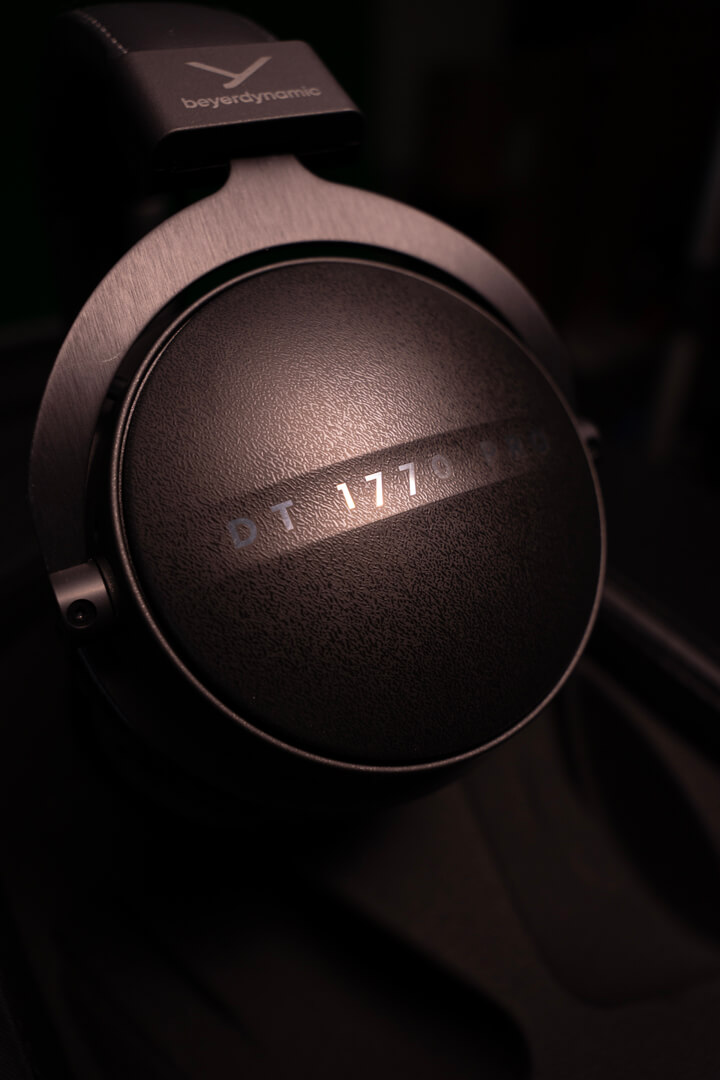
The Bottom Line
As a fan of the DT 1990 and 1770, I was cautiously optimistic about the MKII models, hoping they hadn’t messed things up. After listening to both, I’m pleased to report they didn’t. For those who weren’t fond of the original, the changes in the DT 1770 MKII—like a slightly larger soundstage and more texture—might still not win them over, but it retains the signature that made the original so popular.
The new model should appeal to a wider audience with its lower impedance and improvements. It’s a solid choice for those seeking a closed-back headphone for studio use, as well as for those who want a headphone that handles EQ well and offers a broader soundstage than most competitors.
Pros:
- Built like a tank without weighing as much as one
- Lower impedance allows a wider variety of sources
- Good passive isolation
- Takes EQ very well
Cons:
- Stage size somewhat limited
- 3-pin XLR prevents use of balanced cables without modifying headphones
- More expensive than some competitors mid-level models
Where to buy:
Related Articles
- Audeze MM-100 Open-Back Studio Headphones: Review
- Neumann NDH 30 Open-Back Studio Headphones: Review
- Focal Clear Mg Open-Back Headphones: Review


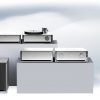
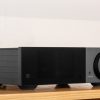
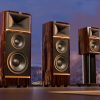
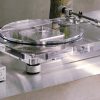

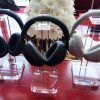

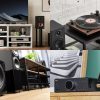

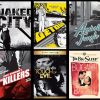








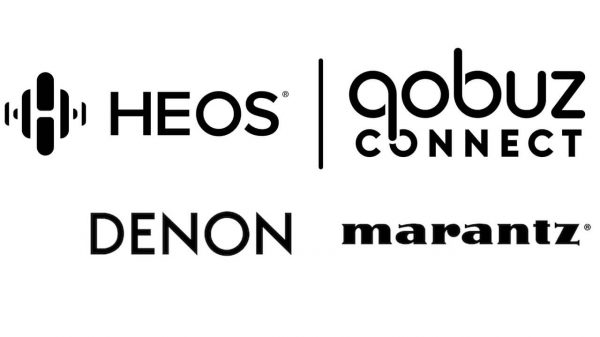




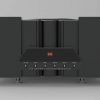











ORT
April 7, 2025 at 9:47 pm
First off, ’tis good to read you again Sir Will of Minions! Huzzha!
“TESLA Drivers”?! Really?! Will I have to worry over being attacked by zealatinous loonietics trying carve “Nutzi!) into my earcups or to fire champagne-popper streamers at me in a vainwhorious effort to virtue signal to the alphabutt crowd that they are sooooo brave and sooooo sensitive?
Cool. I may well give in to the Teutonic side of the Force and buy my first pair of Beyerdynamic ‘phones! By the way…My little sister is soon to be getting a new 65” Hisense TV! AHEM!
We now return control of your thoughts to you, until the next time at any time, when the Control Voice will take you to… The ORTer Limits. 😉
ORTson Welles
Ian White
April 7, 2025 at 10:02 pm
ORT,
All of my Jello pudding is on the floor instead of inside my belly. It’s the best thing in the hospital and you had to make me laugh like that.
There are so many Teslas here in FL. Trying to vandalise one would be bad for your health here. Like fatal. Even in Boca or Jensen Beach.
IW of the Coast